Buy this flower art daisies in a vase by anne droogsma on canvas, ArtFrame, poster and wallpaper, printed on demand in high quality.
About "daisies in a vase"
by anne droogsma
About the artwork
The common daisy (Leucanthemum vulgare, synonym: Chrysanthemum leucanthemum) is a perennial plant in the composite family (Asteraceae). The main bloom falls around June. The plant has a flower head with a yellow center consisting of tube flowers, which is wreathed by white ray flowers. The stems are usually unbranched or little branched. The rhizome is usually stocky and branched. The number of dark green leaves is variable.
The common daisy is characteristic of grasslands that are mowed, such as roadsides and hay fields. Daisies often germinate in temporarily open places in the grassland, such as molehills. At the time, Queen Wilhelmina left the lawns at Het Loo Palace unmowed until June, allowing the daisies to bloom. After that these areas were managed as lawns again. Indeed, the daisy does well in these hay lawns. Where it grows on sandy soils, the soil is often mixed with loam or another fine-grained soil type. On clay, it is an indicator of lesser nutrient richness.
The name daisy comes from the Ancient Greek margarites, which in turn comes from Babylonian and means pearl. Another Dutch name used for daisy in earlier times is ganzebloem, which is used today for a different species.
As a garden plant, other Leucanthemum species and hybrids are often used. Examples include: Leucanthemum maximum, Leucanthemum lacustre × maximum and Leucanthemum superbum.

About anne droogsma
My name is Anne.
I regularly go out with my camera. I do so with great pleasure and always find gifts appearing on my screen.
This I want to share!..
Read more…
 Netherlands
Netherlands Ordered in April 2019
Ordered in April 2019
 Germany
Germany Ordered in June 2020
Ordered in June 2020
 Netherlands
Netherlands Ordered in July 2018
Ordered in July 2018
 Netherlands
Netherlands Ordered in June 2022
Ordered in June 2022
 Germany
Germany Ordered in August 2023
Ordered in August 2023
 Netherlands
Netherlands Ordered in February 2023
Ordered in February 2023
 Germany
Germany Ordered in December 2021
Ordered in December 2021
 Germany
Germany Ordered in February 2022
Ordered in February 2022
 Germany
Germany Ordered in March 2019
Ordered in March 2019
 Germany
Germany Ordered in September 2020
Ordered in September 2020
 Netherlands
Netherlands Ordered in June 2019
Ordered in June 2019
 Germany
Germany Ordered in December 2023
Ordered in December 2023
About the material
ArtFrame™
Interchangeable Art Prints
- High-quality print
- Easily interchangeable
- Acoustic function
- Large sizes available
Discover the artworks of anne droogsma
 lauwersmeer triptych 2anne droogsma
lauwersmeer triptych 2anne droogsma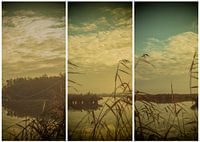 lauwersmeer triptych 3anne droogsma
lauwersmeer triptych 3anne droogsma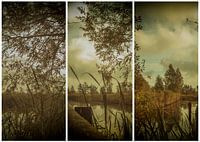 lauwersmeer triptych 6anne droogsma
lauwersmeer triptych 6anne droogsma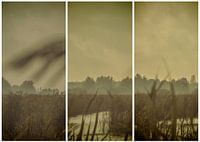 lauwersmeer triptych 7anne droogsma
lauwersmeer triptych 7anne droogsma lauwersmeer triptych 24anne droogsma
lauwersmeer triptych 24anne droogsma lauwersmeer triptych 26anne droogsma
lauwersmeer triptych 26anne droogsma lauwersmeer 2anne droogsma
lauwersmeer 2anne droogsma Harley Davidson in Black and Whiteanne droogsma
Harley Davidson in Black and Whiteanne droogsma Harley Davidson in Black and Whiteanne droogsma
Harley Davidson in Black and Whiteanne droogsma sea girl in veereanne droogsma
sea girl in veereanne droogsma Zeeland Domburganne droogsma
Zeeland Domburganne droogsma Zeeland Beach near Domburganne droogsma
Zeeland Beach near Domburganne droogsma North sea beach with clouds and sunbeamsanne droogsma
North sea beach with clouds and sunbeamsanne droogsma North Sea beach zeelandanne droogsma
North Sea beach zeelandanne droogsma still life vase with pappus dandelionanne droogsma
still life vase with pappus dandelionanne droogsma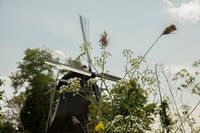 de scheene westellingwerf frieslandanne droogsma
de scheene westellingwerf frieslandanne droogsma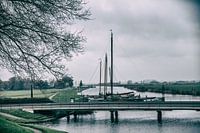 sloten friesland havenanne droogsma
sloten friesland havenanne droogsma river linde friesland from Tronde to Kuinreanne droogsma
river linde friesland from Tronde to Kuinreanne droogsma sea girl 3anne droogsma
sea girl 3anne droogsma saltelande beach in the evening sunanne droogsma
saltelande beach in the evening sunanne droogsma
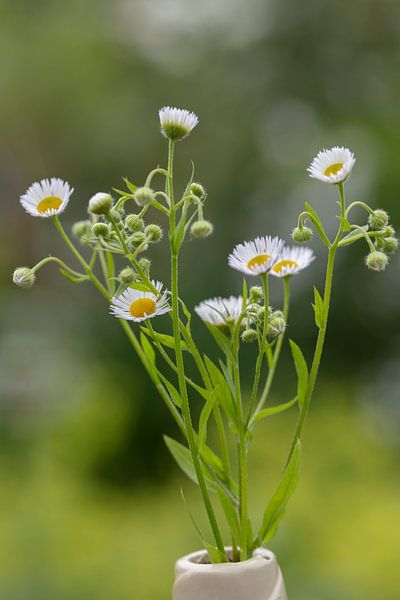


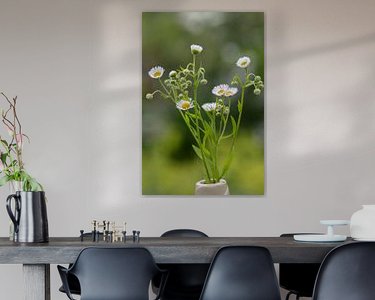




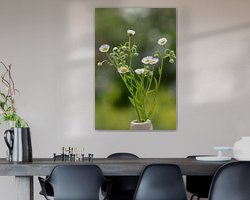




 Flowers
Flowers Gentle Whispers
Gentle Whispers Nature and weather
Nature and weather Nature photography
Nature photography Photo wallpaper
Photo wallpaper Photography
Photography Serene Peace
Serene Peace Still life
Still life









